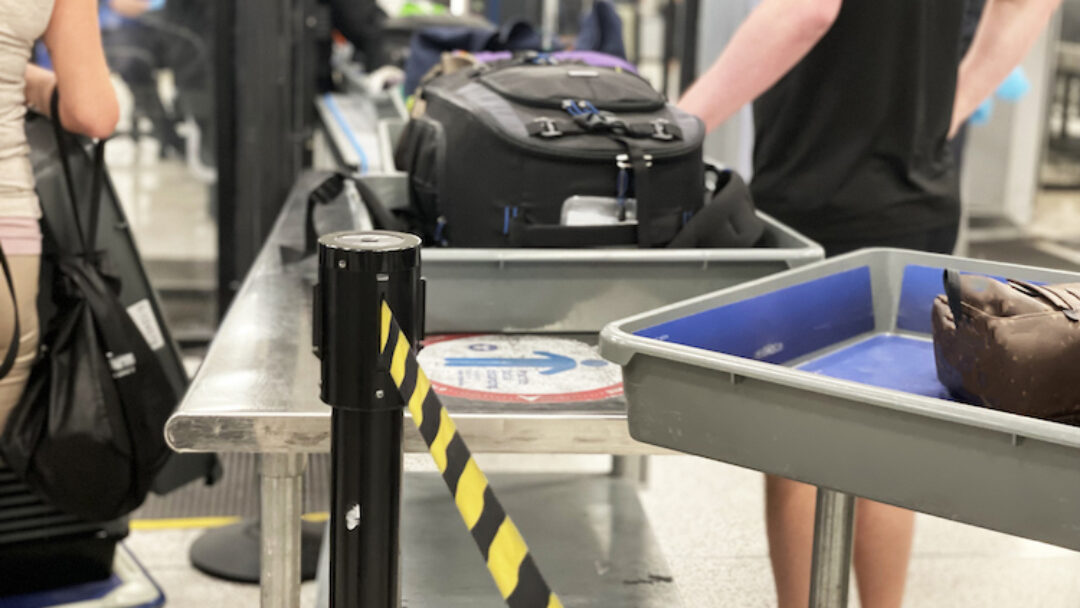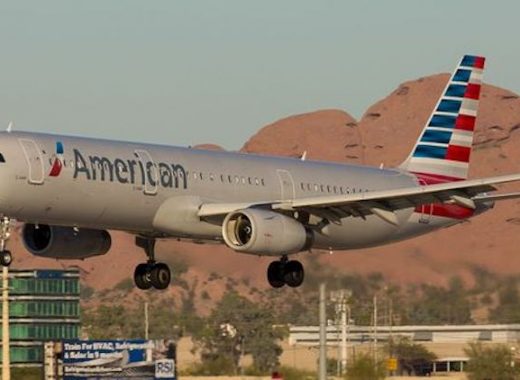As we embark on the busiest time for travel across the country, it is essential to understand the importance of adhering to the Transportation Security Administration (TSA) guidelines when it comes to packing carry-on baggage. These guidelines are in place to ensure the safety and security of all passengers and crew members aboard an aircraft. All About Arizona News will delve into the various items that are prohibited in your carry-on baggage and provide you with valuable information on how to navigate these guidelines effectively.
Importance of understanding TSA guidelines
Understanding and following the TSA guidelines is crucial to ensure a smooth and hassle-free travel experience. Failure to comply with these guidelines can result in delays, confiscation of items, and even legal consequences. By familiarizing yourself with the prohibitions and restrictions, you can save yourself from the inconvenience and potential embarrassment of having your belongings confiscated at the security checkpoint. It is always better to be well-informed and prepared than to face the consequences of ignorance.
Prohibited items in carry-on baggage
The TSA has a comprehensive list of items that are strictly prohibited in carry-on baggage. These items are considered a threat to the safety and security of the aircraft and its passengers. It is important to note that even if an item is not explicitly mentioned on the list, it may still be prohibited if it poses a potential risk. It is always best to err on the side of caution and do thorough research on any items you are unsure about.
Liquids, gels, and aerosols restrictions
One of the most common restrictions enforced by the TSA is the limitation on liquids, gels, and aerosols in carry-on baggage. According to the guidelines, all liquids, gels, and aerosols must be in containers of 3.4 ounces (100 milliliters) or less and placed in a single, clear, quart-sized plastic bag. Each passenger is allowed only one bag, and it must be easily accessible for inspection at the security checkpoint. Any containers larger than the specified size will not be permitted in your carry-on baggage.
Sharp objects and weapons restrictions
To ensure the safety of all passengers and crew members, the TSA strictly prohibits sharp objects and weapons in carry-on baggage. This includes items such as knives, scissors, box cutters, and firearms. These items must be packed in checked baggage or left at home to avoid any complications during the security screening process. It is important to note that some exceptions may apply for certain professions or special circumstances, but these exceptions must be approved in advance by the TSA.
Electronics and battery restrictions
In recent years, there has been a heightened concern regarding the safety of electronic devices and their batteries on board aircraft. As a result, the TSA has implemented restrictions on the types and quantities of electronic devices that can be carried in your carry-on baggage. It is important to check the specific guidelines for your destination, as different countries may have varying restrictions. Generally, laptops, tablets, and smartphones are allowed in carry-on baggage, but larger electronic devices such as gaming consoles and hoverboards may need to be packed in checked baggage due to their size or battery capacity.
Food and agricultural products restrictions
While it may be tempting to pack your favorite snacks or fresh produce in your carry-on baggage, it is important to be aware of the restrictions on food and agricultural products. The TSA prohibits the transportation of certain items that may introduce pests or diseases to the country you are traveling to. This includes fruits, vegetables, meats, and dairy products. It is advisable to consume perishable food items or dispose of them before going through security to avoid any issues.
Medications and medical equipment restrictions
Passengers who require medications or medical equipment are allowed to bring them in their carry-on baggage, but there are certain restrictions and guidelines to follow. Medications should be properly labeled with the passenger’s name and the name of the medication. It is also advisable to carry a prescription or doctor’s note to validate the need for the medication. When it comes to medical equipment such as syringes or oxygen tanks, it is essential to inform the airline in advance and comply with any additional requirements they may have.
Tips for navigating TSA guidelines
Navigating the TSA guidelines can be overwhelming, especially for first-time travelers. Here are some tips to help you navigate these guidelines effectively:
- Research and familiarize yourself with the TSA guidelines well in advance of your travel date. This will give you ample time to make any necessary adjustments to your packing.
- Pack your carry-on baggage strategically, placing any prohibited items in your checked baggage or leaving them at home.
- Use clear, quart-sized plastic bags for your liquids, gels, and aerosols, and make sure they are easily accessible for inspection at the security checkpoint.
- Arrive at the airport with plenty of time to spare to allow for any unexpected delays or complications during the security screening process. During the holidays TSA recommends additional time to get through security to insure you make your flight.
- Be cooperative and respectful towards the TSA officers. They are there to ensure your safety and the safety of all passengers.
Understanding the TSA guidelines and the items that are prohibited in your carry-on baggage is essential for a smooth and hassle-free travel experience. By adhering to these guidelines, you can avoid delays, confiscation of items, and potential legal consequences. Remember to research and familiarize yourself with the specific restrictions for your destination, as different countries may have varying guidelines. By being well-prepared and informed, you can ensure a stress-free journey and focus on enjoying your travels.
Click here for additional information on TSA carry on restrictions and guidelines.








